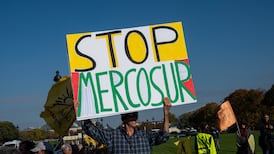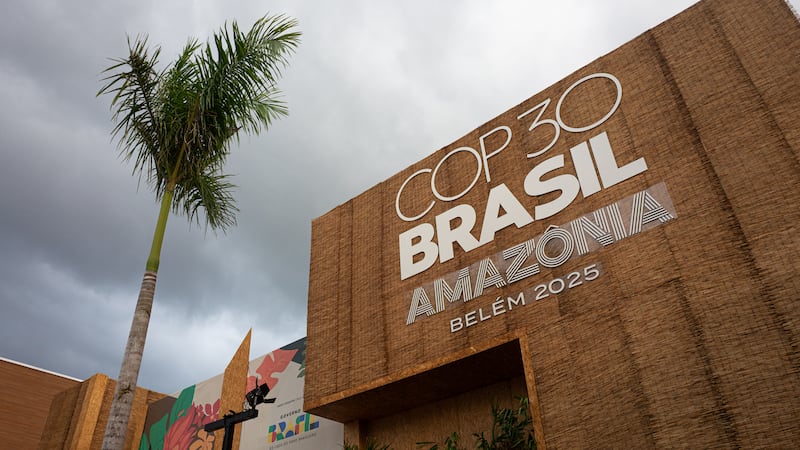The amount of money the Government generates in tax has jumped by nearly 60 per cent in the past 15 years. But VAT generates less than it did at the height of the boom more than a decade ago.
Figures from the Central Statistics Office (CSO) show total tax receipts last year amounted to a record €50.7 billion. This was €18.6 billion more than the €32.1 billion collected in 2003 and €3.5 billion more than the €47.2 billion collected in 2007 just prior to the financial crisis.
The two largest components of the Government’s tax base are income tax and VAT.
The figures show that while income tax has been growing since 2011 in tandem with the recovery in employment, VAT still brings in less than it did at the peak of the boom.
In 2017, income tax generated €20 billion, which was more than double the 2003 level and 47 per cent more than in 2007.
VAT, which reflects the strength of the retail sector, brought in €13.3 billion for the Government last year, but this was less than in 2007 when it netted the exchequer €14.5 billion. The slide probably reflects the Government’s decision to introduce a lower VAT rate for the hospitality sector during the recession.
While much of the expansion in the tax base has come from income tax , there has also been massive spike in corporation tax.
Business tax receipts have nearly doubled since 2012 to €8.2 billion and are on course to hit a record €10 billion-plus in 2018 amid a major transfer of multinational assets here in the wake of a clampdown on global tax avoidance and increased corporate profitability generally.
About 40 per cent of business tax receipts in the Republic are generated from a handful of companies, understood to include tech giants Apple, Microsoft, Dell, Google and Oracle.
The highly concentrated nature of the corporation tax base leaves the public finances exposed to changes in the international business environment and the Government has been warned by the Irish Fiscal Advisory Council not to use the current boom to fund permanent day-to-day spending measures. Much of the recent tax windfall has been used to cover overruns in health.
The CSO figures show the size of excise duty, once the Government third largest tax category but now fourth behind corporation tax, remained about the same in the period under review.
The undulations of Irish tax were contained in the CSO’s Marcoeconomic Scoreboard for 2017, which effectively compares various Irish economic indicators against EU thresholds.

















